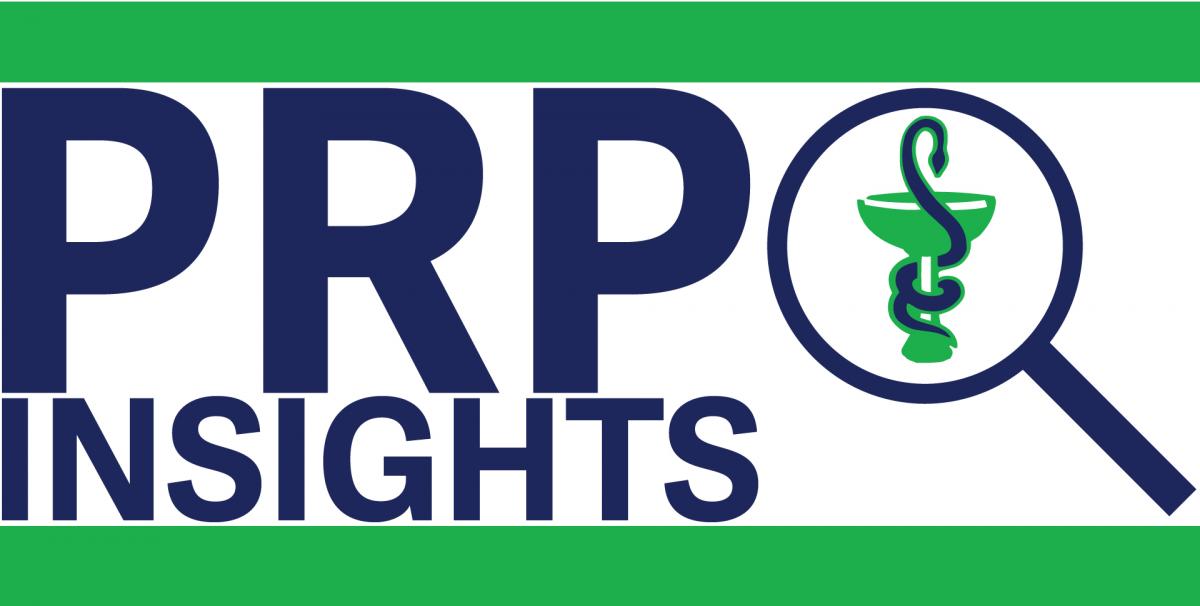PRP Insights – Residential Care
Did you know the Practice Review Program also includes reviewing residential care services? Pharmacies that provide services to facilities or homes licensed under the Community Care and Assisted Living Act (CCALA) are required to follow the standards of practice for residential care facilities and homes under Health Professions Act Bylaws Schedule F Part 3. These requirements are designed to ensure patients receive safe residential care services and are the standards Compliance Officers use when reviewing residential care services at pharmacies that provide them.
Pharmacy care for residential care patients is essential to our health care system and the well-being of our aging population. As the senior population size, medical complexities and number of transitions between levels of care increase, so does the probability of medication incidents and the potential for ill effects.
As a relatively new component of the Practice Review Program, Compliance Officers would like to share some of their early findings in areas where non-compliance has been observed for residential care services.
The following PRP Insights article identifies potential areas in which pharmacists and pharmacy technicians can improve their practice in order to carry out consistent, accountable and safe practices to reduce the risks of medication incidents.
1. Hospitalization
Patients requiring hospitalization often return to the home or facility with changes to their medication regimen.
The following bylaws serve to protect resident safety at this point of transition:
6. (2) When a resident is readmitted following hospitalization, new prescriptions must be received for that resident before drugs may be dispensed.
11. (2) Policies and procedures must be in place to ensure that upon the hospitalization of a resident, the resident’s drugs are returned to the pharmacy.
Obtaining a new prescription authorization ensures that any additions, discontinuations and modifications are reflected. Having multiple sets of a resident’s medications at the facility or home creates opportunity for duplication of therapy, incorrect dosing, and general confusion that can potentially adversely harm the resident. To provide clarity and consistency for all members of the health care team, written policies and procedures that outline the appropriate protocol for managing these situations must be in place and should be available at the facility or home and at the pharmacy.
2. Final Check
To ensure that the right patient receives the right drug and right dose, registrants are required to perform a “final check” before dispensing a prescription product. As defined in the Health Professions Act Bylaws Schedule F Part 3, part of the final check requirements include verifying “the prescription product and the prescription product label match the prescription information and the information on the manufacturer’s label with respect to: (i) drug, (ii) dosage form, (iii) strength, (iv) quantity and (v) drug identification number”.
Compliance Officers have found instances where this part of the final check step was not being completed and documented by a registrant, especially when using an automated pharmacy dispensing system. The main observation in these cases was that non-registrant staff were refilling the automated dispensing system with drugs and a registrant had not verified the information on the manufacturer’s label for these products. This verification step must be performed by a registrant and cannot be delegated to non-registrant staff. Written confirmation of the registrant who performed this step should be kept for a minimum of 3 years after the last dispensing date of the drug.
3. Prescription Labelling
All medications are required to be labeled as per the HPA Bylaws Schedule F Part 3, Section 12(1). Compliance Officers have noted two main areas of non-compliance with regards to prescription labelling requirements: Dosage Instructions and Indication for PRN Medications.
Dosage Instructions
Pouches were noted to be missing dosage instructions for the medications contained within the pouch. As per the HPA Bylaws, prescription labels require dosage instructions including frequency, interval or maximum daily dose. This information is crucial for administering medication to the resident, confirming accuracy against the Medication Administration Records, and cross-referencing against current prescription authorizations. This is required for all prescriptions, including PRN medications.
Indication for PRN Medications
The HPA Bylaws also stipulate that the medical indication for use for all “as required” prescription authorizations must appear on the prescription label. Indications for “PRN” medications may be required for some health care staff to perform their duties within their scope. Inclusion of this information on the label also reduces ambiguities for medications that can be used for multiple indications (e.g. benzodiazepines for seizure activity versus anxiety episodes).
For the complete list of requirements of prescription labelling, please refer to the HPA Bylaws Schedule F Part 3, Section 12.
Questions
If you have any questions or concerns, please contact the practice support team at [email protected].
To learn more about the Practice Review Program, including how to prepare for your review, visit bcpharmacists.org/prp.
- Practice Review Program, PRP Insights
 Share
Share



